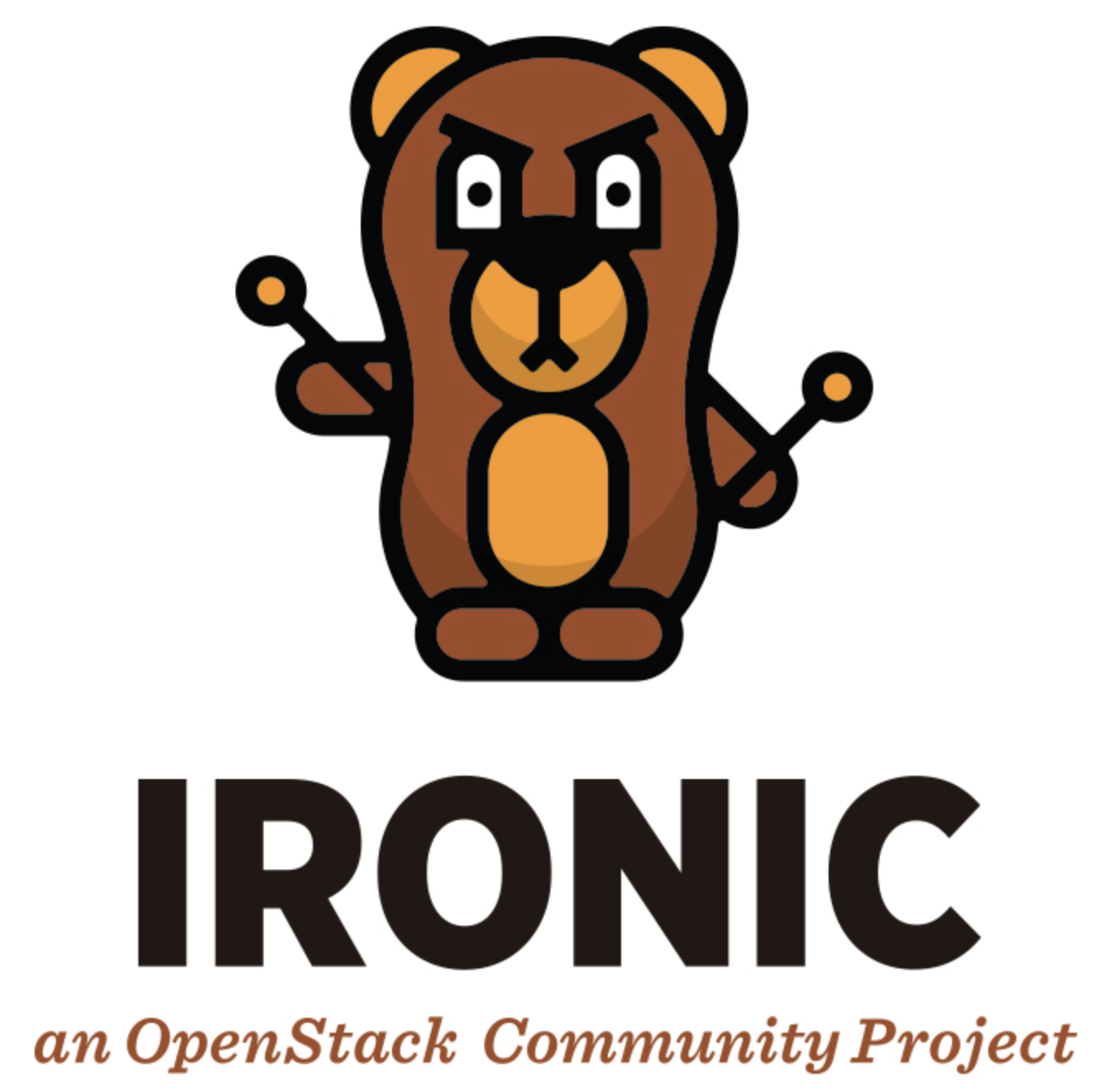The OpenStack Foundation announced in April 2019 that its Ironic software is powering millions of cores of compute all over the world, turning bare metal into automated infrastructure ready for today’s mix of virtualized and containerized workloads.
Over 30 organizations joined for the initial launch of the OpenStack Ironic Bare Metal Program, and Superuser is running a series of case studies to explore how people are using it.
Today, Red Hat is sharing how they integrate OpenStack Ironic into its product offerings and what benefit this provides its customers.
Why did you select OpenStack Ironic for your bare metal provisioning in your product?
As part of Red Hat’s decision to use TripleO, Ironic offers an abstraction layer for bare metal nodes that provides a similar experience to managing virtual instances with OpenStack. This common experience allows a predictable way of working with bare metal nodes. This includes using bare metal in automation workflows such as CI/CD, testing automation of hardware components or any kind application deployments on bare metal. Additionally, Ironic provides a vendor agnostic community where the vendors work together with the community.
These and other use cases that we keep learning from our customers made incorporating and supporting Ironic an easy decision. We have been supporting Ironic with Red Hat OpenStack Platform starting with our OSP 10 release.
What was your solution before implementing OpenStack Ironic?
As Red Hat was looking at determining solutions to facilitate bare metal machine deployment around the time frame of OSP 7, The TripleO project and ultimately Ironic projects were chosen over Foreman for OSP 7 for the first time. It made sense to use an OpenStack project (Ironic) to deploy OpenStack based on feedback from customers using Ironic to deploy OpenStack. That decision that helped make Ironic better over the years by introducing new enterprise capabilities such as lifecycle management as part of “day 2 operations” for bare metal nodes, remote management via API and scaling out of bare-metal resources.
What benefits does OpenStack Ironic provide your users?
Ironic provides a more efficient way to consume bare metal-managed nodes for our customers who were asking for a more simplified and cost effective way to deploy and manage large numbers of bare metal nodes with OpenStack. Ironic allows them to accomplish it for a variety of use cases including:
- API driven Installation of physical machines to support cloud infrastructure or tenant workloads.
- A repeatable and reliable way to test the performance of every new revision of a hardware component for servers and Ironic is well-suited to include physical servers in a CI environment.
- Performing 3D rendering in a large number of nodes and with the ability to automate the tests.
- GPU PCI passthrough with Red Hat OpenStack Platform director – Ironic and its family of tools enables retrieval of hardware information prior to installation which allows OpenStack installers to have advanced features such as GPU pass-through in their environments – supporting AI/ML workloads such as TensorFlow
- Multi-tenant access to bare metal with network isolation allowing multiple teams to work with the same pool of bare metal nodes in a safe way, thanks to integrating support to manage switches via networking-ansible and neutron
Ultimately we are bringing lessons learned using APIs to manage virtual machines to bare metal enabling our customers to leverage automation instead of issuing help tickets to request physical machine resources. Ironic is the tool kit that is leveraged facilitating the installation of Red Hat OpenStack Platform and OpenShift automated Installer Provisioned Infrastructure (IPI) upon bare metal using the Metal3 project.
What feedback do you have to provide to the upstream OpenStack Ironic team?
Our feedback would be to focus on stability and integration with hardware vendors, a good example is the Ironic integration with the Redfish standard over the years. Redfish is the modern, vendor-agnostic bare metal machine management protocol developed by DMTF (Distributed Management Task Force) and already supported by several major vendors (as well as by Ironic since OpenStack Pike release). It is important and an opportunity to standardize across vendors, as IPMI has done so far, but with advanced features. DHCP-less types of deployment will also help operators and Red Hat is working on this via virtual-media provisioning. Integration via Metal3 is also strategic for both Kubernetes and Ironic, so maintaining focus on expanding Ironic with Kubernetes is important to ensure both projects will be more successful and ready for consumption by a large number of users.
- Revolution in Cloud Economy: How FishOS – Integrated Solution Reduced Enterprise’s Cloud Costs by 50% - July 1, 2024
- Inside Open Infrastructure: June 2024 - June 18, 2024
- 2024 Superuser Awards Nominations Now Open - June 9, 2024

)










